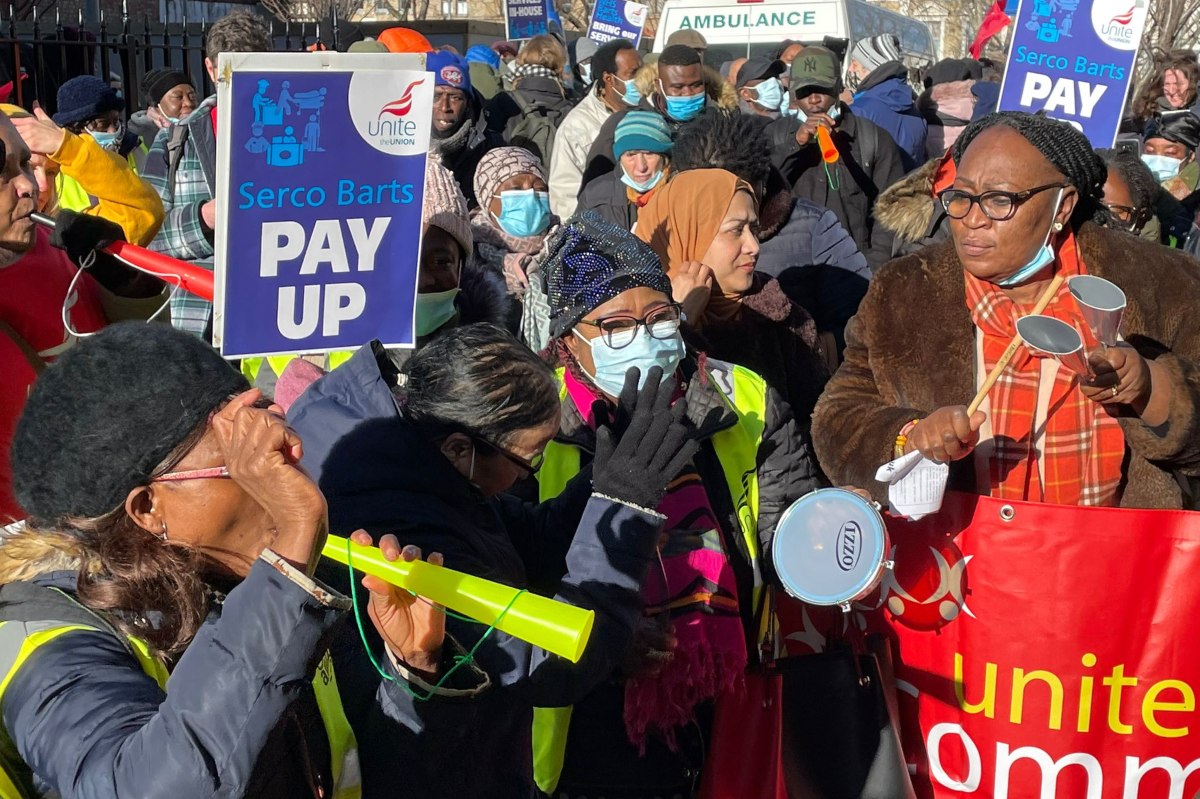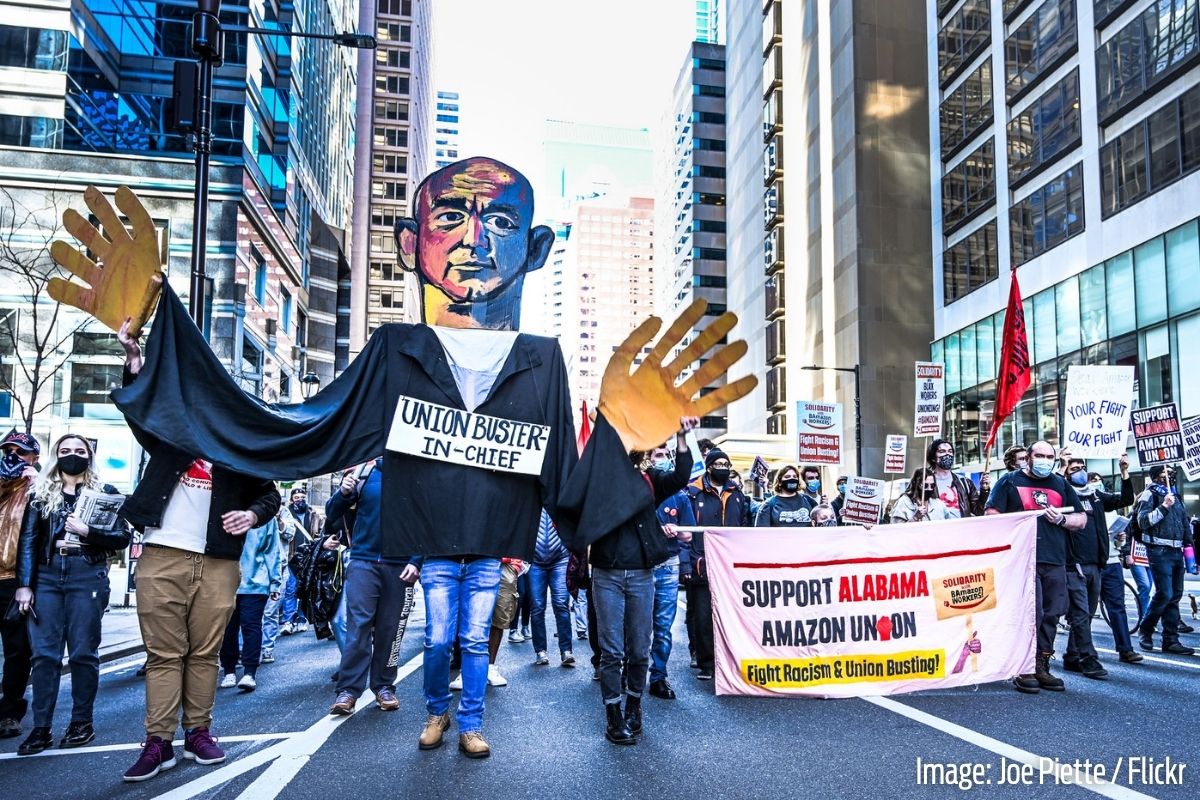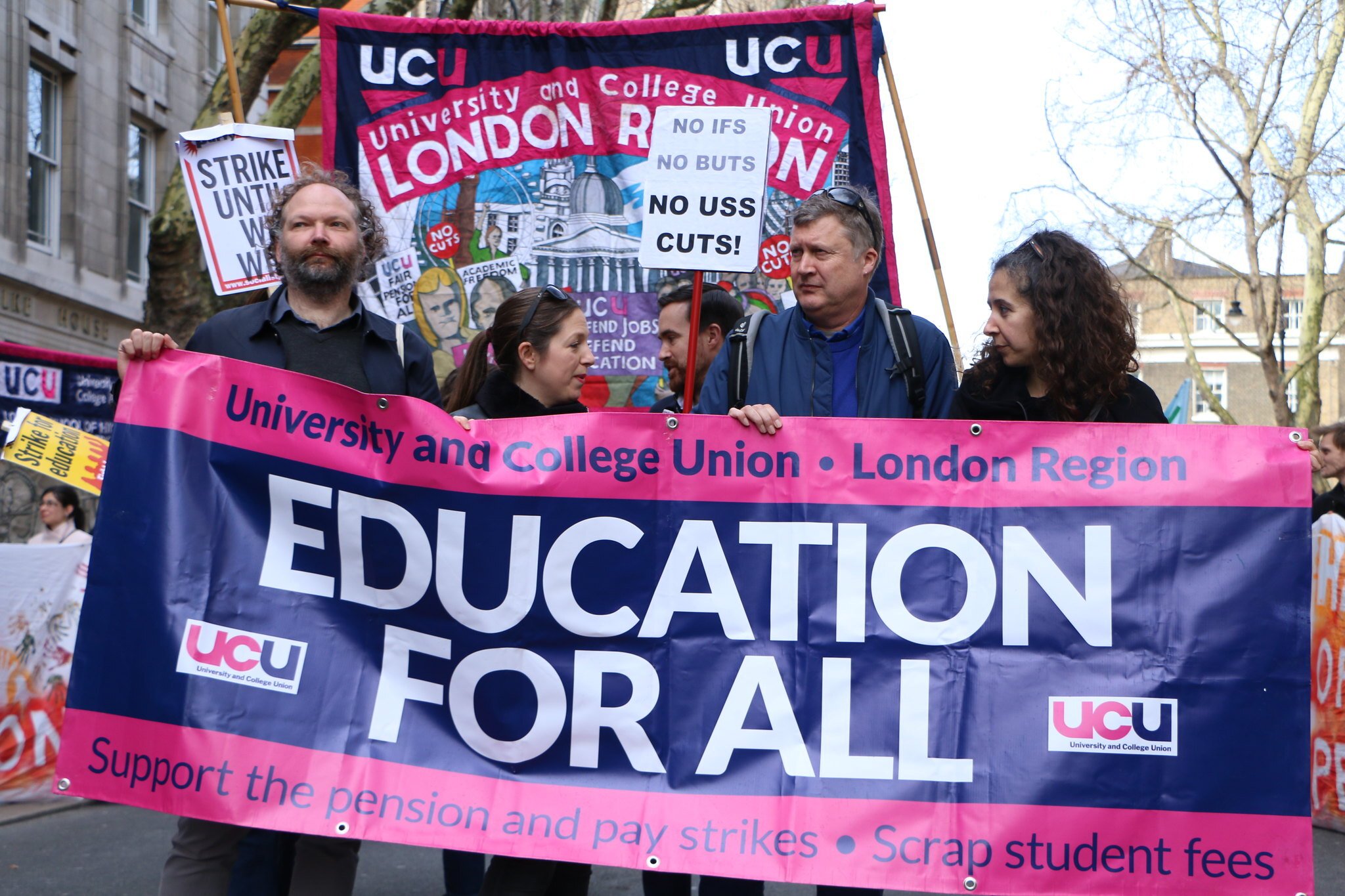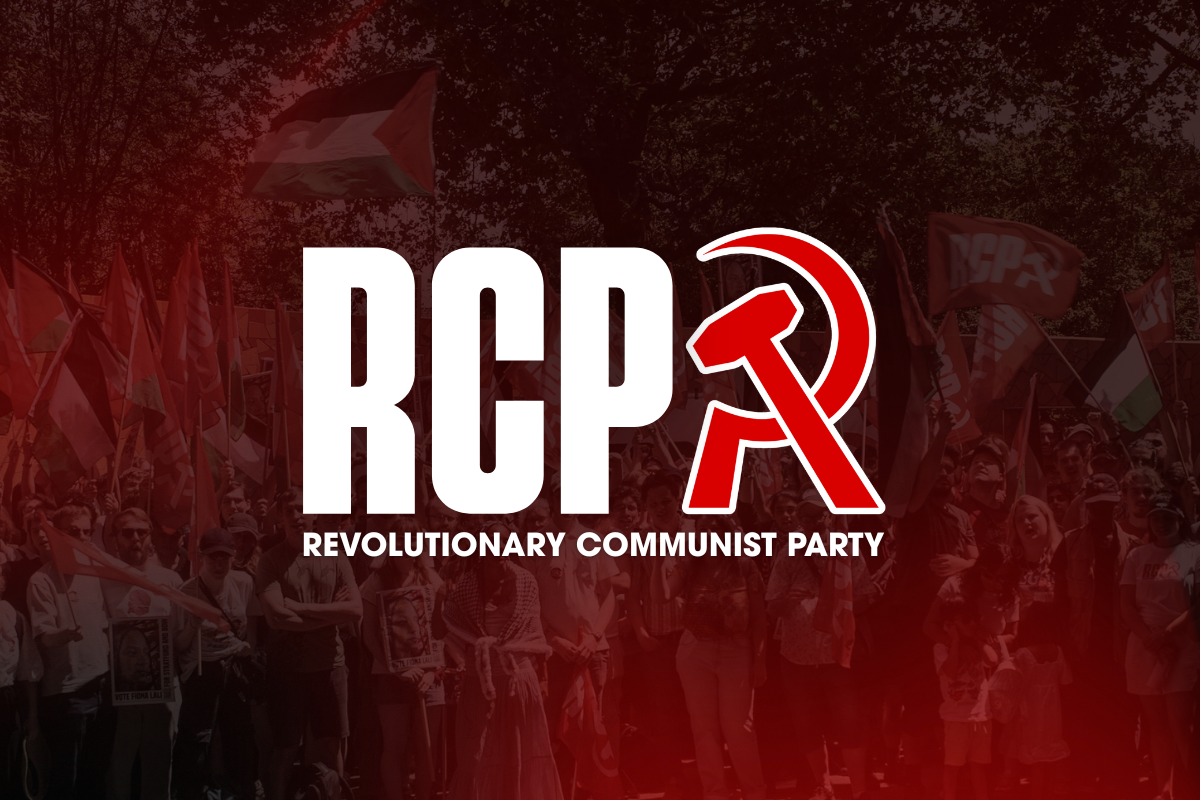Recent news of the unionisation success at the Amazon JFK8 fulfilment centre in New York has sparked celebrations amongst the labour movement internationally – and panic amongst capitalists everywhere.
This victory at Amazon is only the most prominent example of a process playing out across the USA.
Over 200 Starbucks outlets have recently filed for votes on unionisation, with 25 stores already winning such ballots in the last few months. And Apple store workers – starting in the Big Apple of NYC – are also beginning to organise.
We are unstoppable!! On the heels of four unanimous victories in three days, four more stores in the NYC/Metro area just filed today!! pic.twitter.com/iNle06HlLi
— SBWorkersUnited (@SBWorkersUnited) April 14, 2022
But this is not something peculiar to America. The same process is being mirrored in Britain.
Thousands have joined Unite, Unison, GMB, and other unions over the last couple of years. Overall, union membership has gone up year on year since 2017.
What’s more, these militant new layers being drawn into struggle are clearly making their mark. The number of disputes in the UK is at a five-year high, with over 300 disputes logged by the TUC in the past year.
This industrial militancy has not gone unnoticed by the ruling class. A recent article by the BBC even suggested that we are entering a “golden age” for trade unions on both sides of the Atlantic
The article highlights two factors that have led workers to realise that they need to fight back just to survive: the experience of seeing how expendable they were considered by the bosses during the pandemic; coupled with rampant inflation in recent months.
‘Unorganisable’

The example of Amazon reveals how new layers of the working class are being forced to get organised by the increasingly unbearable conditions of life under capitalism.
Asked by an interviewer for the Economist what was motivating them, one Amazon organiser commented, it was a feeling “less like optimism and more like necessity”.
Unfortunately, such workers have in the past been dismissed as ‘unorganisable’ by trade union leaders on both sides of the pond.
In the US, established unions in the AFL-CIO neglected their duty to organise service workers, such as those at Starbucks or McDonalds, believing such a task to be ‘too difficult’ in the face of the bosses’ union-busting efforts, and that little would be gained by doing so.
Couriers and fast-food workers in Britain have been viewed similarly by union leaders in the past too. But they have been proved wrong time and again.
In fact, these are no different from the excuses used by the New Model Unions of the 19th century, when they too effectively abdicated responsibility for organising the unorganised.
Just as today, these bureaucrats – content with the status quo – got a rude awakening when the New Unionism movement swept Britain.
This was a similar period to our own: one of a stagnating economy, protracted capitalist crisis, rising labour militancy, and social upheaval.
Fresh layers

Those now pouring into the unions also tend to be some of the most downtrodden and oppressed sections of the working class.
Women workers now make up around 47% of all union members in the US. In the UK, the number of women in trade unions is at its highest since 1995.
In Britain, trade union density is currently highest among black workers. And it is often these sections leading battles – such as the successful strike against outsourcing giant Serco in London hospitals by predominantly black and Asian cleaners, caterers, and porters, organised with Unite.
Security guards at Great Ormond Street hospital (the majority of whom are black and Asian) are also conducting a similar struggle against outsourcing. This saw a six-week long strike in February and March. Despite facing racist slurs and union-busting, these workers remain undeterred and determined to win.
Rising up
Pedants and cynics may point to certain statistics in response to all this, comparing today’s unionisation levels with those of the past.
In the UK for instance, there were 13 million in the unions in 1979; today this number stands at around 6.6 million. And in the US in 1980, 20% of American workers were in a union; today it is around 10%.
But these figures should be of cold comfort for the capitalist class. The direction of travel is clear.
What is unarguable is that – in a number of key countries – there is a definite uptick in both union membership and the number of disputes in recent months and years.
After all, just a few months ago, not a single Starbucks store in the US was unionised, nor a single Amazon fulfilment centre.
This is not unique to Britain or the US either. Other countries are seeing a growth in unionisation and strikes.
Turkey experienced a strike wave at the start of 2022. Precarious workers for courier company Trendyol Express led the charge, triggering a wave of action across the economy. At least 108 strikes took place there between January and February.
For fighting unions!

Across the globe, the working class is under the cosh. Increasingly disgusted by a corrupt establishment and a decrepit system that offers nothing but misery, workers are looking for a way out. This is a finished recipe for explosive class struggle everywhere
As a result, workers are getting organised en masse and turning to traditional methods of class struggle: collective action and strikes.
In turn, these fresh and militant layers of the working class will demand – and are demanding – union leaderships that are willing to rise to the challenges before them.
The trade unions are set to be shaken from top to bottom. The task of the Marxists in this process is to provide a clear perspective; to offer, as Marx and Engels write in the Communist Manifesto, “a clear understanding of the line of march, the conditions, and the ultimate general results of the workers’ movement.”
Such a perspective is vital in the fight to transform the unions into weapons of class struggle – organisations that set as their goal not the patching up of capitalism, but the smashing of this rotten system once and for all.
Workers of all countries: unite! We have nothing to lose but our chains. We have a world to win.






